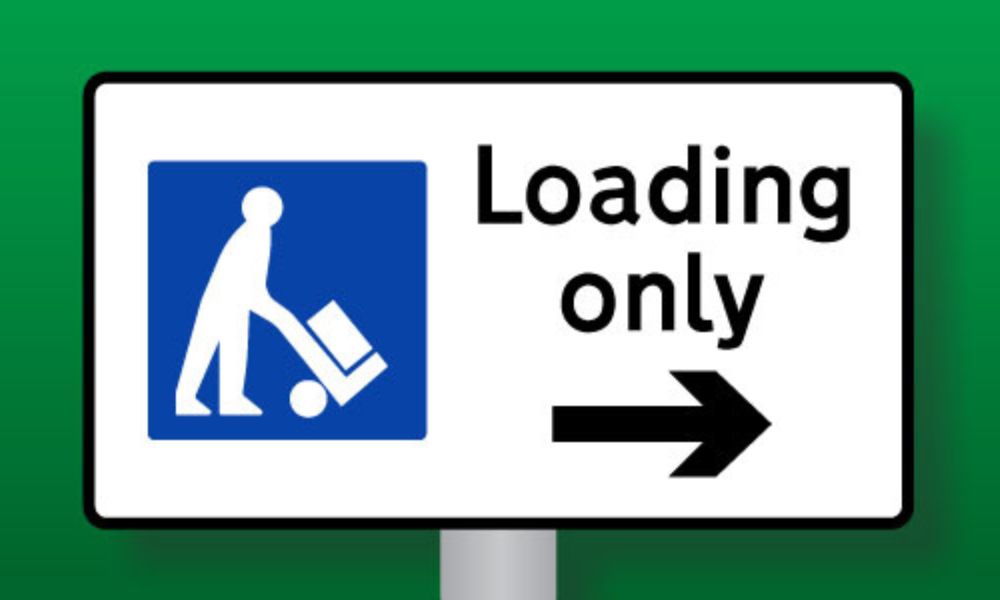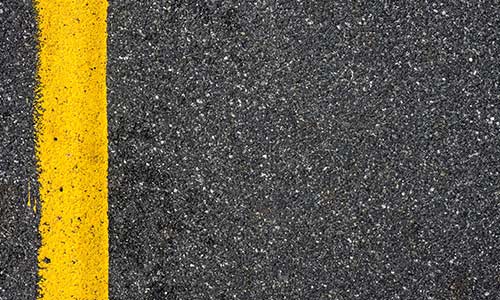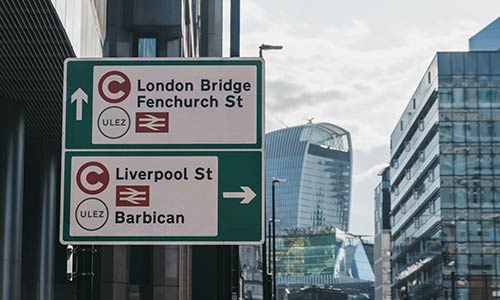Car clamped – What should I do?
Returning to your car to find that it’s been clamped is one of the most frustrating things that can happen to you as a driver. Aside from being unable to drive your car until the clamp has been removed, you’re also entering a bit of a legal minefield.
In this guide, we will explain the various rules and regulations around vehicle clamping, including who may clamp your car - and why they may decide to do so. We’ll also outline the process to follow for getting a clamp removed.
Get a free valuation
Who can clamp my car?
The following organisations have the authority to clamp your vehicle:
-
The police
Your car may be clamped by the police if an officer deems that it presents a danger to pedestrians or other drivers.
-
The local council
In exceptional cases, your local council may instruct a private company to clamp your car.
-
The DVLA
The DVLA have the authority to clamp your car for several reasons, including not having valid insurance or car tax – or being used on the roads without a valid MOT certificate.
Driving without insurance is illegal under any circumstances. You cannot drive without car tax - and driving without a valid MOT is also prohibited (with a few limited exceptions).
For your peace of mind, use our free car tax check and MOT check tool to confirm that your vehicle is compliant with the law.
-
Bailiffs and debt collectors
In some circumstances, bailiffs and debt collectors can clamp a vehicle if they are collecting an unpaid debt.
What should I do if someone has clamped my car?
If your car has been clamped, here is the process to follow to get the vehicle back on the road:
- Check your INF32 leaflet - The person who has clamped your vehicle should have left an INF32 leaflet on your windshield, along with a notice explaining why your car was clamped. The leaflet will contain information about who you need to contact to start the process of resolving your case.
- Contact the relevant authority (as listed on your INF32) and explain your situation. You’ll also need to quote the reference number cited in your INF32 leaflet.
- The operator will confirm why your car was clamped and outline what you need to pay to resolve the issue (whether this is tax, insurance or unpaid fines). You can usually settle these fees over the phone or online.
- Pay the additional release charge to have the clamp removed. Once you have paid all the necessary fees, the DVLA will instruct an agent to travel to your vehicle and unclamp the car as soon as possible.
Why has my car been clamped?
There are a number of reasons why the DVLA, police or local council might decide to clamp your car:
- Your car is uninsured. By law, your vehicle must be insured at all times if it is being driven (or even parked) on public roads.
- You have an outstanding vehicle tax payment. If your car tax is overdue, it is classed as an untaxed vehicle - and the DVLA have the legal authority to clamp it. You can perform a free car tax check to find out when your car tax is due.
- The vehicle is a road safety hazard. If your car is not considered roadworthy, it may be clamped to prevent you from driving it. Cars can be considered unsafe due to issues such as faulty brakes, broken lights, broken (or even exceptionally dirty) windscreens – and a tyre tread depth below the legal minimum.
- You have an outstanding fine. If you have a parking ticket, speeding fine or another outstanding fine that you have been given a reasonable opportunity to pay, your car may be clamped until the full amount has been paid off.
Clamping on private land
It is generally illegal to use a clamp on a vehicle which is parked on private land (including both private driveways and privately owned car parks).
However, there are a few exceptional circumstances in which the police, DVLA and local council are able to clamp a vehicle parked on private land. This must only ever be done with good reason and certainty that the vehicle is being driven or parked illegally or unsafely.
In some situations, bailiffs and debt collectors may be able to clamp your vehicle on private property. However, they cannot take your vehicle if you can prove:
- It is a Motability vehicle (or you are a Blue Badge holder).
- You need it for your job – and the vehicle is worth under £1,350.
- It is also your home (for example, if the vehicle is a caravan).
The law around bailiffs clamping (and seizing) vehicles is explained in more detail in this guide from Citizens Advice.
Illegal car clamping
In rare cases, you may find that your car has been clamped illegally. Your car may have been illegally clamped if:
- It has been clamped by someone other than the police, DVLA, local council – or a bailiff/debt collector with lawful authorisation.
- Your car has been clamped by any private company or individual in Scotland, where this is illegal.
- Your car was not clamped for a justifiable reason (such as the car being driven or parked illegally or having outstanding tax payments).
If you believe that your car has been clamped illegally or unfairly, you should take photographs of the clamp (also showing where your vehicle was parked) for evidence.
Present these photographs to the police, along with your vehicle’s registration number and relevant documents (e.g. insurance and tax documents).
Do not attempt to remove the clamp yourself; this is against the law and could land you in trouble if it transpires that the clamping was in fact carried out legally.
Can somebody clamp a car on finance?
Yes, your car can still be clamped by the DVLA, police or local council if you have an outstanding finance agreement on the vehicle.
How long does it take to get a clamp removed?
Once any outstanding fines have been settled, the authority who ordered your car to be clamped will generally remove it within 24 hours.
How much does it cost to get a clamp removed?
Clamping release fees vary depending on who has clamped the vehicle. For example, the DVLA’s clamping release fee is £100, while the release fees for vehicles clamped by councils will vary between local authorities.
Can I clamp cars parked on my property?
No, it is illegal for anyone other than the DVLA, police, local council, bailiffs or debt collectors to clamp a vehicle at all. If you are caught clamping (or attempting to clamp a vehicle) yourself, you could find yourself in legal trouble.
Frequently Asked Questions
Your car has been clamped illegally if:
- It was on private property at the time (and the person clamping the vehicle was not authorised to do so).
- It was clamped by a private company or individual in Scotland.
- It was clamped by the police, council, DVLA, bailiffs or debt collectors - but without just cause.
If your car was clamped legally, you should find an INF32 notice stating a valid reason on your vehicle.
Your car may be clamped outside your house if it is parked on a public road and there is a justifiable reason for it to be clamped (e.g. unpaid car tax or no insurance).
Your car cannot legally be clamped if it is parked on private property, unless an individual or organisation has the lawful authority to do so.
If you believe that your car has been illegally clamped on your own private property, you should take photographs for evidence - and report this to the police. Do not attempt to remove the clamp yourself.
Debt collectors can clamp or seize your car if they have evidence of unpaid debts that match or exceed the vehicle’s value.
According to Citizens Advice, bailiffs can clamp your car if they find it parked at your home, business premises or on a public road. The car must be clamped for at least two hours before bailiffs can seize the car.











